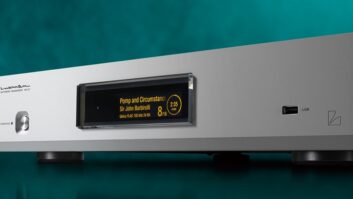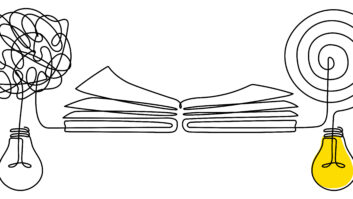It Could Cost You
Im not paying you my balance until you fix this darned thing! Those words were spoken to an installer who had already spent months trying to figure out why the clients system was shutting down during loud passages. It only happened when the client cranked up SACD music, and a whole bunch of money was at stake.
The situation Ive just described could have been avoided with careful analysis of the system and proper use of test gear to figure out the sources of the problem. Thats what I did when I was called in to play Mr. Fix-it. It turned out that the problem came from a serial succession of issues, which made it even harder to figure out. But a methodical process and investigation did reveal the sources of the trouble. Lets take a look at this as a case study, and see what we can learn from it.
1. The SACD/DVD-A player didnt include proper bass management features. While the center and surround analog outputs could be set to small, thereby feeding their bass to the subwoofer, the left/right outputs could only be full range. I confirmed this by measuring the frequency response of the signal feeding the speakers with a test DVD producing pink noise. An ICBM bass manager unit from Outlaw Audio took care of this problem.
2. The front speakers, although relatively large, played down to only about 60 Hz, because they were appropriately designed to work with a subwoofer. The real issue was their 2-Ohm impedance at about 100 Hz, which is a very tough load for the amplifier. I measured the load with an AC impedance meter, but there is no fix for low impedance in the field. The speaker designer needs to go back to the drawing board and revise the crossover so the impedance never goes below 3 Ohms. End of story.
3. The five-channel power amplifier wasnt huge and had good protection circuitry, which shut it down when it saw too much current draw at its outputs. No problem here.
4. The system power was all fed through one circuit breaker. At high volume levels, the wall AC voltage drooped to about 105V. I saw it on an oscilloscope monitoring the line voltage. Thats close to brown out conditions and can cause some digital products to shut down. Also, low line-voltage limits power amplifier headroom. The solution, of course, is to spread the power feed across at least two or three breakers and make sure that the wire gauge is plenty large enough to avoid voltage drops. That fix couldnt be done here because of the existing house wiring conditions, but an electrician should be called in to run another feed to the system.
5. The AC power itself wasnt very clean. While it did supply 117V (at times), the waveform wasnt sinusoidal as monitored on an oscilloscope. It looked flat-topped, thereby presenting lots of harmonic content to the gears power supplies. Its hard to know how different equipment reacts to clipped waveforms, but it cant be a good thing. Whats the cause? A saturating transformer in the service feed? An intentional ploy by the power company? Im not quite sure, but this one is definitely not field-repairable.
Along with the installers technician, we went through all of the diagnostics and repairs possible in the field. In the end, we got about 15 dB of additional headroom out of the system before it shut downthis time because the breaker popped. We all smiled; the client seemed satisfied, and all peace was restored in Home Theater Land.
How could all of this have been avoided? Understand that no single item on its own could have caused the problem. Solving such a complex problem requires knowing how to deal with the system as a whole. Of course, setting technical standards for each component you sell is a good start. For example, never use an SACD/DVD-A player without proper bass management (either internal or external), never put all the components on one 15A breaker, and never use speakers with low impedance curves, etc. These measures take some know-how on the technical side as well as the procedures side. You will need to hire knowledgeable personnel, or at least contract an outside service. You will need to invest in test gear; it can all be had on eBay without breaking your bank, if thats what matters. You will need to be committed to providing technical excellence. Your clients expect it from you as an expert, and thats why they choose to work with you rather than a traditional A/V retailer. Dont disappoint them now, or else your cash flow and profits will suffer big-time in the long run.
Anthony Grimani is president of Performance Media Industries in Fairfax, California. (Chase Walton contributed to this article).







